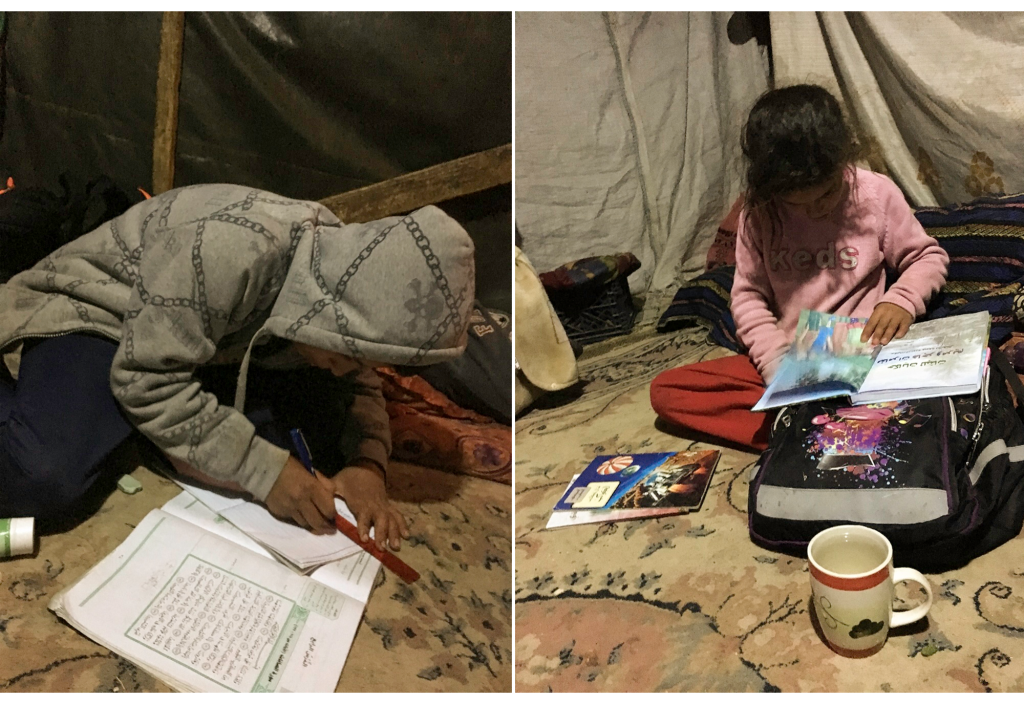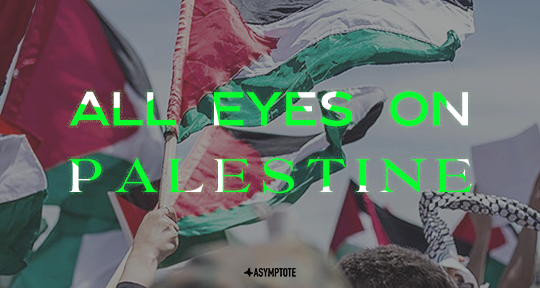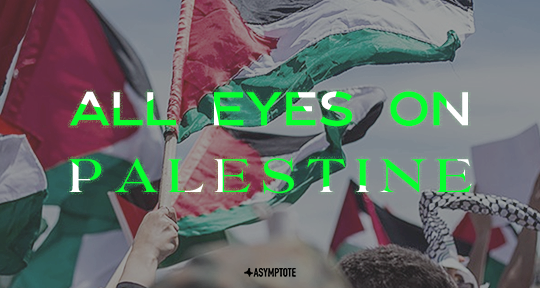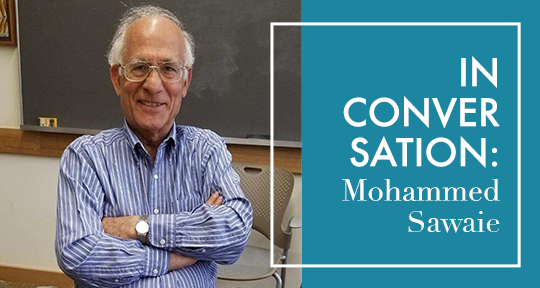These days, many of the images we see from Palestine are ones of unbearable violence—a necessary example of what Roland Barthes called “the experiential order of proof”. However, despite the vital role of these photographs in bearing witness and documenting the ongoing atrocity, there is an equally essential need to elaborate this unidimensional representation with the social soul and experienced terrain of these historically rich territories, and to thus unite the psychically separate fields of the unthinkable and the daily.
As such, it is with great urgency that writers and scholars Margaret Olin and David Shulman have collaborated to produce The Bitter Landscapes of Palestine, a compilation of photographs and texts, to be published as part of the Critical Photography series by Intellect. In their brief introduction, they state only: “We will speak of what we have seen and heard directly and what we have experienced in our bodies.” From that dedication to perception, they illuminate the extent to which intersections of photojournalism and intimate speech can establish compassionate, mutual relationships between viewers and subjects, and how photographs and poetics can be used in ways that do not seek to control information, as in the mechanisms of tyranny, but that reassert their expressive, transformative function: impressing a fragment to open up interrogations into the whole; inducing the epiphany of recognition; and offering the potential of a unified political space.
In the following excerpt, which consists of the book’s fifth chapter, titled “Arabic”, Olin and Shulman describe the sonic and interpersonal fabric of language under occupation, pairing the text with an array of images that portray communication’s various appearances: books, letters, conversations. The resulting interplay is evidence of how a single word—injustice—can grow and grow until it contains an entire country; how there is no scale for such grief, just as there is no true physicality for words, but still it is felt and carried, every day.

Susiya, March 2016
First, the music. It changes from place to place. The city Arabic of Jerusalem and Ramallah becomes gruffer, rougher, in the desert, where the guttural “q”—often pronounced only as a glottal stop, that is, a quick catching of the breath in the throat—turns into a “g.” The shepherds’ language flows seamlessly into the cries and whistles and grunts they use to speak to the sheep. At the same time, they sprinkle their sentences with the astonishing formulas of courtesy that come so naturally to the tongue: May Allah heal you, give you peace, bless your hands. We thank you, you have honored us. Welcome, you are our guests. Go in peace. READ MORE…







Announcing Our September Book Club Selection: A Long Walk From Gaza by Asmaa Alatawna
Alatawan’s novel is both personal and political; at its heart, it’s a story about freedom.
In Asmaa Alatawna’s mesmerizing and clear-sighted debut novel, A Long Walk from Gaza, the long journey of migration is revealed as a dense mosaic of innumerable moments—a gathering of the many steps one takes in growing up, in fighting back, and in learning the truths about one’s own life. From the Israeli occupation to the daily violences of womanhood, Alatawna’s story links our contemporary conflicts to the perpetual challenges of human society, tracking a mind as it steels itself against judgment and oppression, walking itself towards selfhood’s independent definitions. We are proud to present this title as our Book Club selection for the month of September; as Palestine remains under assault, A Long Walk from Gaza stands as a powerful narrative that resists the dehumanizing rhetoric of war.
The Asymptote Book Club aspires to bring the best in translated fiction every month to readers around the world. You can sign up to receive next month’s selection on our website for as little as USD20 per book; once you’re a member, join our Facebook group for exclusive book club discussions and receive invitations to our members-only Zoom interviews with the author or the translator of each title.
A Long Walk From Gaza by Asmaa Alatawna, translated from the Arabic by Caline Nasrallah and Michelle Hartman, Interlink Publishing, 2024
There are some books that grab you from the very first line and hold your attention tight, right through every single word to the end; even once you’ve finished reading them, they keep delivering with their exquisite phrasings and stunning imagery, their deft, original storytelling. Asmaa Alatawna’s A Long Walk from Gaza, co-translated by Caline Nasrallah and Michelle Hartman, is one such novel. Through her enthralling and thoughtful prose, Alatawna unfolds idea after idea, fact after fact, emotion after emotion, recounting a tumultuous upbringing and journey that moves with both personal and universal resonance.
A Long Walk from Gaza is Alatawna’s debut in both Arabic and English—a semi-fictionalized, coming-of-age novel. Originally published in 2019 as Sura Mafquda, it explores the struggles of a teenage Gazan girl as she rebels against her surroundings, both at home and at school, and her heartbreak as she leaves Gaza for a new life in Europe. Her escape doesn’t resolve her problems but instead introduces new challenges, revealing the persistent, ongoing internal conflict of exile. While portraying life and a childhood under Israeli occupation and oppression, Alatawna also takes an incisive, knowing look at the patriarchal system of her own people. READ MORE…
Contributor:- Ibrahim Fawzy
; Language: - Arabic
; Place: - Palestine
; Writer: - Asmaa Alatawna
; Tags: - exile
, - feminism
, - Interlink Publishing
, - liberation
, - migration
, - occupation
, - social commentary
, - War
, - Women Writers